Thoughts From The Bellysize=+2>
copyright November 2005
By: Dan Mays Ironbelly1@aol.com
size=-2>
I have been pondering garden wisdom lately. To be sure, there is no shortage of gardening information available. The book stores have shelves of information just waiting to be purchased. Any county extension office has stacks of horticultural fact sheets, free for the taking. The Internet is filled with gardening forums and various garden related sites offering unlimited information  much of it specious or just plainly incorrect and often "supported" only with anecdotal "evidence" of veracity. Nonetheless, true gardening wisdom is a rare commodity; something which should be held dear and relied upon often for guidance.
I recently gave another rain garden class at my home with the help of weatherman and fellow Master Gardener, Ray Wolf. We were honored to have a local landscape architect and his associate attend our class. One of my personal goals with this particular class is to couple elements of good, aesthetic design with the functional aspects. I have noticed this approach as a glaring omission in the "How To" information provided by some very qualified institutions. In fact, I think the typically suggested rain garden planting designs are hampering the very projects they claim to support. The aspect of social acceptability cannot be ignored.
To support my theory, I gritted my teeth and actually used a widely recommended rain garden design layout. I purchased the recommended plants on the supplied list of plants and installed them per the accompanying design grid. I later compared the end results evidenced this fall against photos of first year results from my two other rain gardens which were planted "my way". While the recommended planting scheme does not necessarily look bad; it certainly wonÂt bubble your hormones either. The recommended design certainly does not capture your attention. It embodies a look that says, "functional". On the other hand, my other rain gardens using modified planting schemes were far more endearing.
While our class was out examining the rain gardens, I asked the landscape architect and his associate about the decidedly obvious differences in the visual appearances. Their answers were quite insightful. They noted that as they have continued to install more rain gardens and native plantings, they have steadily reduced the plant variety. Whereas the recommended design that I followed used about fifteen different plants, they said that they started out using nine or ten different plants and have continued to decrease that number until they are now considering using only four or five different species in any given planting. In other words, they planted in masses rather than sprinkling plants about the bed.
So what does this all have to do with garden wisdom? Well, to simplify things, the word is literally, "simplify". From the first time I attended a landscape design class taught by Dr. Ann Marie VanDerZanden of Iowa State University, I have been struck by her unusually short list of landscape design principles. There are many of these design principle lists with perhaps the currently most popular list being P. Allen SmithÂs "12 Principles of Design". Dr. VanDerZanden uses only five principles. However, it is the first (and according to her, the most important) principle that piqued my interest. Curiously, her first principle is "Simplicity"  thatÂs it  Simplicity. She is the only person I have ever heard espousing this remarkably straightforward principle; and therein lays the beauty and the wisdom.
A wise gardener simplifies things. A wise gardener simplifies things not only because it is easier but also because it almost always looks better. Using different words, this is exactly what the landscape architect and his associate were also saying: The more you simplify, the better it looks. Although I didnÂt realize it at the time, I was inadvertently doing the same thing with my own rain garden design. Far too many of us struggle putting together plant combinations. If we had the wisdom, we would probably just simplify and plant a generally more effective mass planting. Even the late, legendary garden writer Henry Mitchell touched upon the concept of simplicity in his own, inimitable way: "The temptation to devote every square foot to growing another plant should be resisted, for the excellent reason that other approaches will make the gardener happier."
Why is garden wisdom is is so hard to find when it is really (pun intended) quite simple?
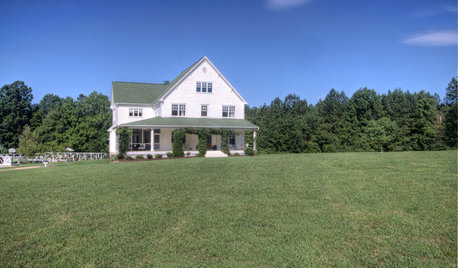
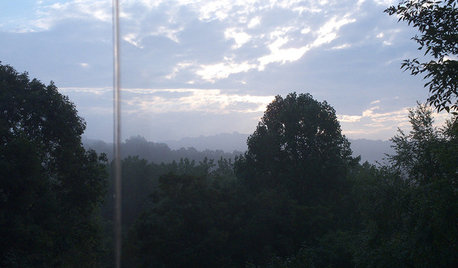
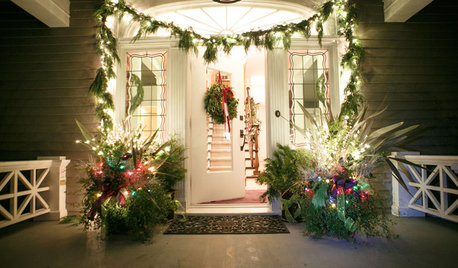
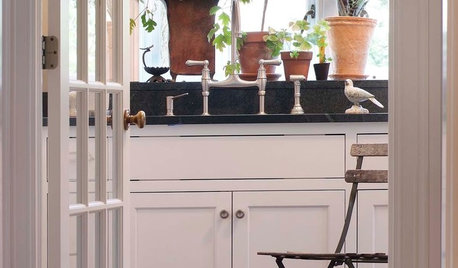


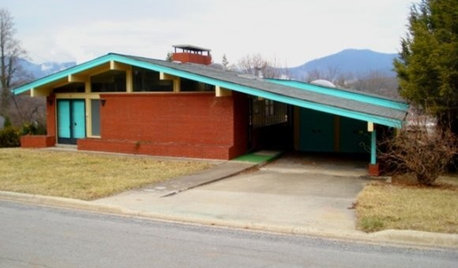
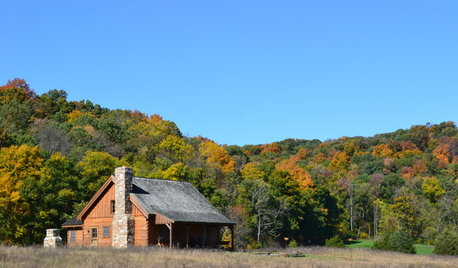
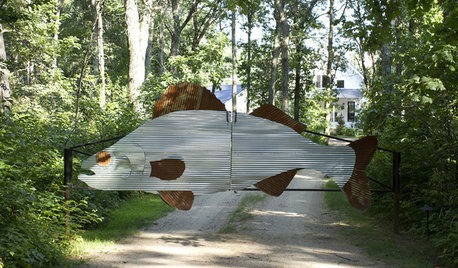
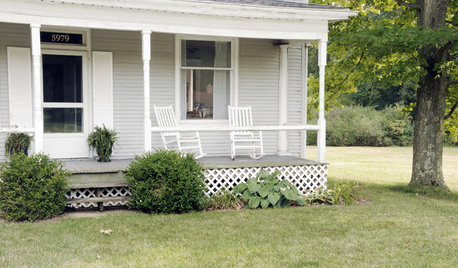






cheerpeople
iowa50126
Related Professionals
Benbrook Landscape Architects & Landscape Designers · Port Royal Landscape Architects & Landscape Designers · Sand Springs Landscape Architects & Landscape Designers · Norwood Landscape Contractors · Avocado Heights Landscape Contractors · Cincinnati Landscape Contractors · Emmaus Landscape Contractors · Kettering Landscape Contractors · Las Vegas Landscape Contractors · Long Branch Landscape Contractors · Pomona Landscape Contractors · Batavia Decks, Patios & Outdoor Enclosures · Liberty Decks, Patios & Outdoor Enclosures · Oswego Decks, Patios & Outdoor Enclosures · San Antonio Decks, Patios & Outdoor Enclosuresjspece
ironbelly1Original Author
ironbelly1Original Author
garasaki
cheerpeople
garasaki
uicricket
Dianne42
ironbelly1Original Author
ironbelly1Original Author
Mozart2
ironbelly1Original Author
garasaki
Mozart2
AdelJeff